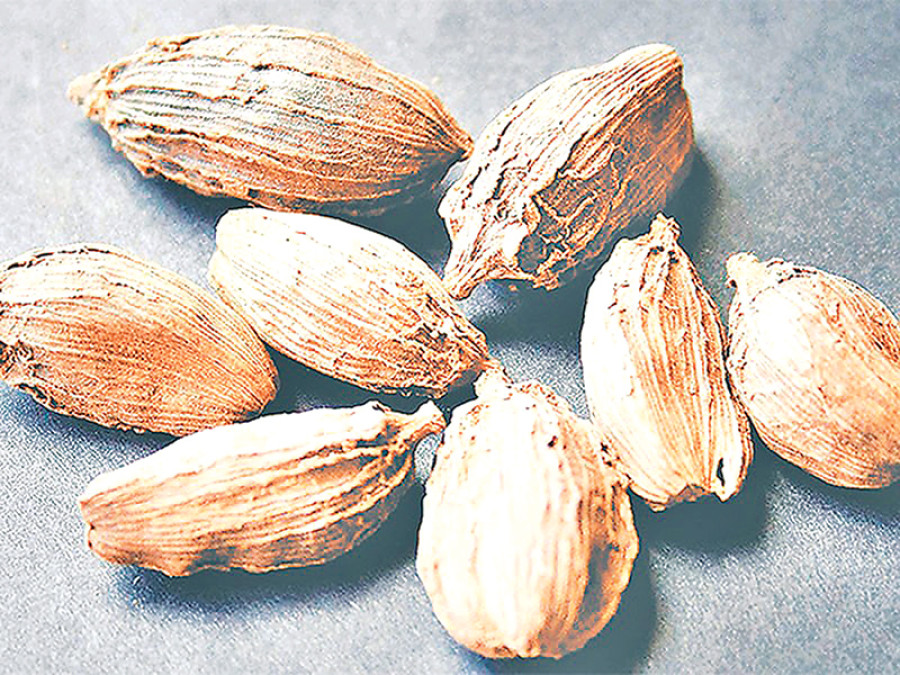Money
Large cardamom price expected to fall further
Price of large cardamom is expected to fall this year too largely due to low overseas demand and increased production.
Arjun Rajbanshi
Price of large cardamom is expected to fall this year too largely due to low overseas demand and increased production.
Traders said that increased production in Nepal and competition from two other large cardamom producing countries like Bhutan and India have caused the price to drop.
Price of cardamom has been falling for the past two years. Two years ago, price of cardamom had hit Rs110,000 per 40 kg. It dropped by almost 50 percent to Rs 55,000 per 40 kg last year. The market is likely to see further reduction in price this year based on current trading prices. Traders said that large cardamom is being traded at Rs35,000 per 40 kg.
Besides Nepal, production in India—the key importer of Nepal’s large cardamom—has increased and that has reduced demand for the Nepali product, said Nirmal Bhattarai, president of Nepal Large Cardamom Entrepreneurs Federation. “We don’t see any indication that the price will increase this year.”
“Indian product is of comparatively better quality than Nepali product as its government has been providing various facilities to farmers to boost production.”
India has been adopting modern irrigation and storage facilities unlike Nepal where farmers still rely on traditional methods,” said Bhattarai.
Lack of proper storage facilities and its traditional methods of processing are some reasons that Nepali product has been branded as low quality, he said.
Om Krishna Bimali, general secretary of the federation, said traders have been incurring losses due to fluctuating prices. Traders initially bought large cardamom in large quantities, expecting prices to rise. But, the price declined last year, he said. “This year, the price outlook seems even worse, he said.
Nepali cardamom is highly sought after in the international market. According to a study report published by the International Centre for Integrated Mountain Development, Nepal is the largest producer of large cardamom, accounting for 68 percent of the international market. It is followed by India (22 percent) and Bhutan (9 percent).
Ilam, Panchthar, Taplejung, Sankhuwasabha, Terhathum, Bhojpur and Dhankuta districts are the major large cardamom producing areas in Nepal. Cultivation of the spice has now spread to more than 38 districts. Taplejung is the top producer with an annual output of 2,400 tonnes worth Rs6 billion.
Large cardamom is one of the major contributors to Nepal’s foreign exchange earnings. According to government statistics, Nepal exported large cardamom valued at Rs3.83 billion in 2014-15.




 9.12°C Kathmandu
9.12°C Kathmandu













%20(1).jpg&w=300&height=200)
